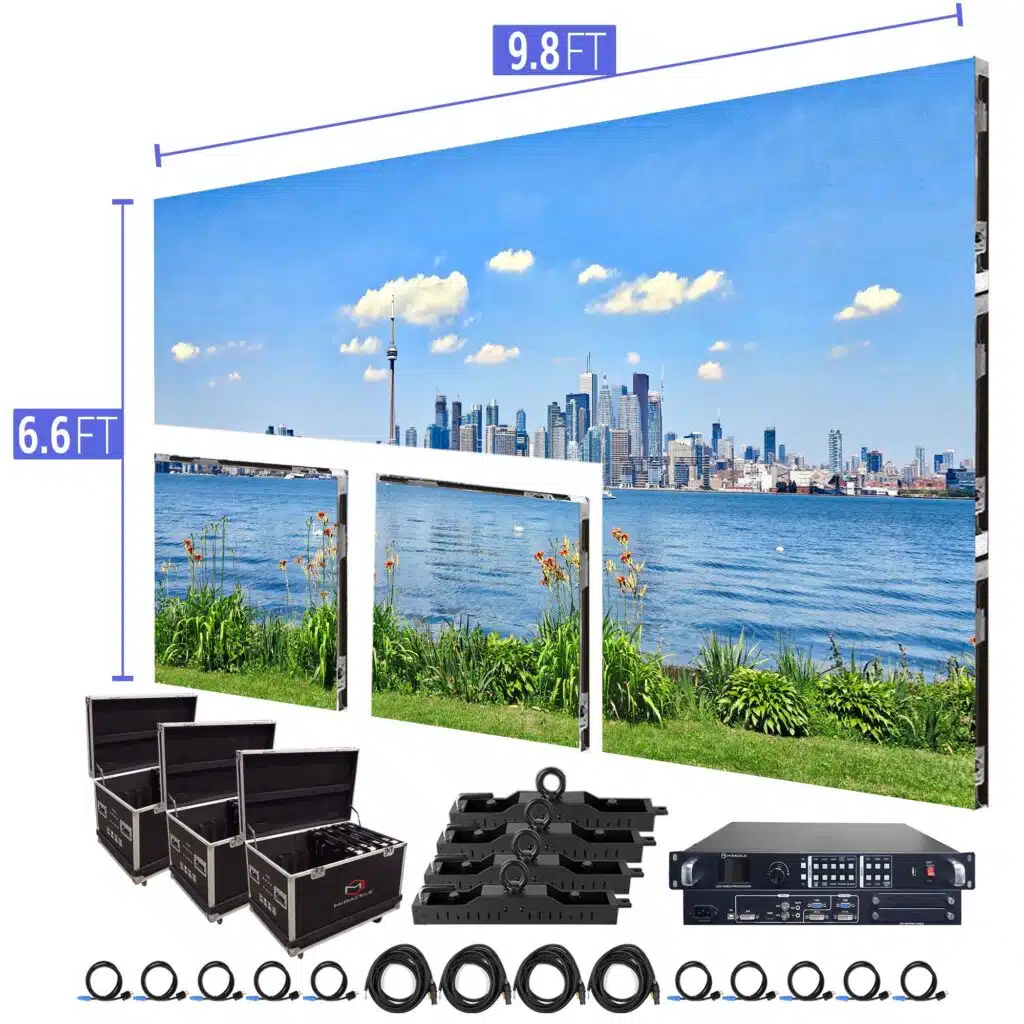A Thorough Analysis of Different Light Emitting Diode Display Wall Techniques and The Applications
A Thorough Analysis of Different Light Emitting Diode Display Wall Techniques and The Applications
Blog Article
LED display walls are more popular across different settings, such as concerts, athletic events, as well as corporate meetings. These large screens consist of made up of numerous small LED modules that work together to form a single unified visual. There are multiple kinds of LED video screen technologies available, each having its unique characteristics as well as benefits. Grasping these technologies can assist companies as well as organizations select the right option for their particular requirements.
A common type of Light Emitting Diode display screen technology is the directly viewed Light Emitting Diode. This solution utilizes individual LED units which are placed near together to create a big screen. Directly viewed Light Emitting Diode walls are known for their elevated luminosity as well as vibrant colors, which makes them ideal for external activities or brightly illuminated settings. They also have a wide sight angle, which indicating that people can view the display distinctly at different positions. Such renders direct view Light Emitting Diode walls a popular option for sports arenas and external events.
Another type of LED display wall technology is the LED-backlit Liquid Crystal Display. This technology merges traditional LCD displays and Light Emitting Diode backlighting for improved luminosity and color precision. LED-backlit LCDs are commonly used in indoor settings, including retail malls as well as conference spaces. These displays provide superior image clarity while are generally more affordable than directly viewed Light Emitting Diode walls. However, they may not function as well in bright environments, since the illumination can occasionally wash out the colors.
A third option is the Organic Light Emitting Diode display screen. Organic Light Emitting Diode technology offers exceptional differentiation and color depth in relation to alternative types of screens. Every pixel in an OLED screen produces its own light, enabling for genuine dark tones and lively colors. This makes OLED video walls especially appealing for uses that require high-quality visuals, including gallery exhibitions and luxury shopping outlets. Nonetheless, OLED technology can be more expensive and may often be as luminous as direct view LED walls, making it less suitable for outdoor applications.
In addition to these technologies, there are additionally multiple applications for LED video screens. These displays can be used for advertising, entertainment, as well as data presentation. For instance, businesses often use Light Emitting Diode display walls for digital advertising to draw in clients and promote products. In you can try these out entertainment, they enhance the visual encounter at music events and gatherings, providing dynamic backdrops as well as engaging visuals. Within business environments, LED display screens can be utilized for presentations, video conferencing, as well as training programs, helping to convey data through a visually appealing manner.
To summarize, Light Emitting Diode display screens are available in various technologies, each having its unique benefits as well as applications. Direct view Light Emitting Diode walls are great for external applications, while LED illuminated LCDs are more suitable for indoor environments. Organic Light Emitting Diode display screens offer exceptional visual clarity but may be at a greater cost. Grasping the differences variations can help entities make knowledgeable choices about which kind of Light Emitting Diode display screen best satisfies their requirements, whether for promotion, amusement, or business use.